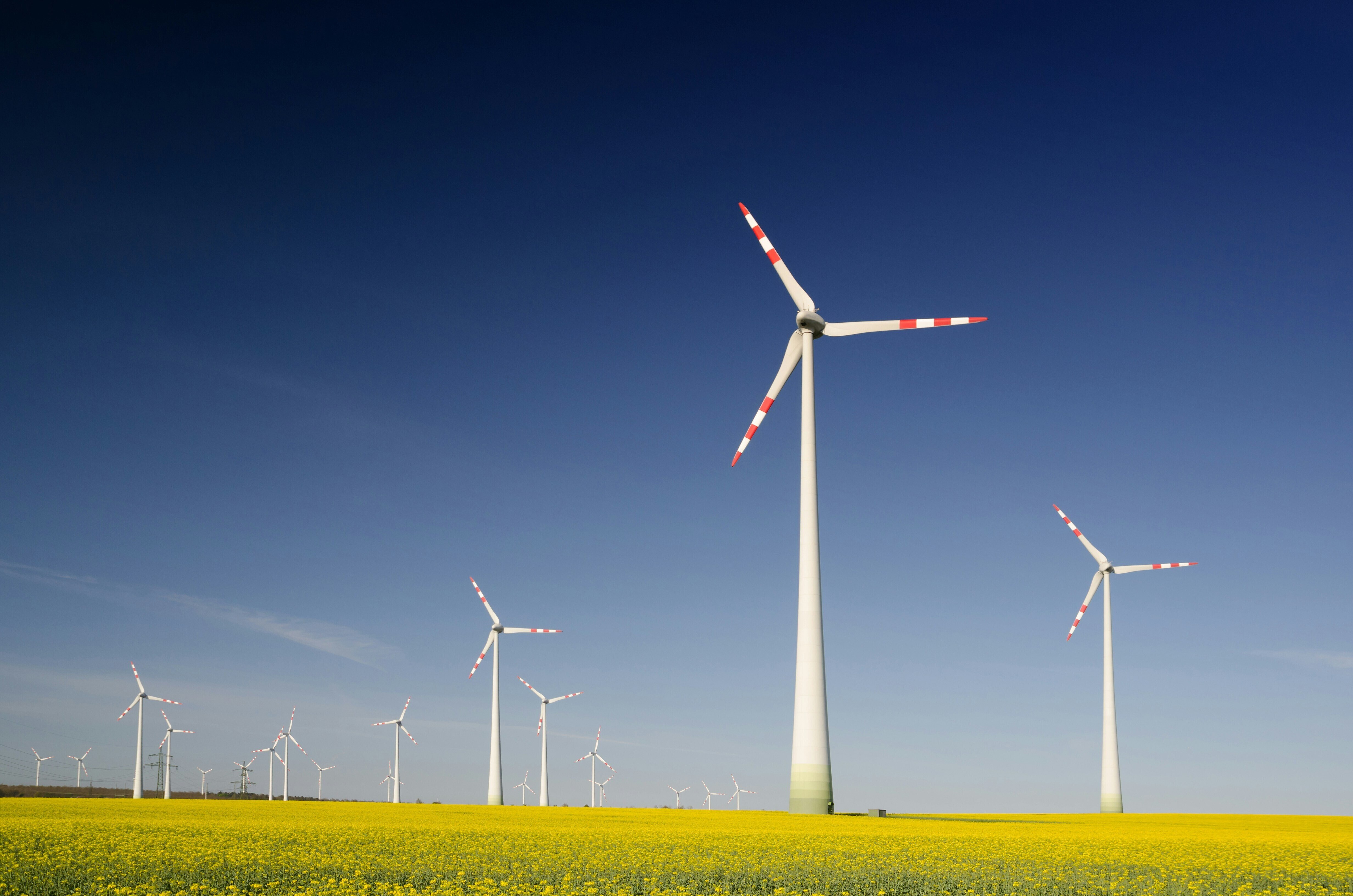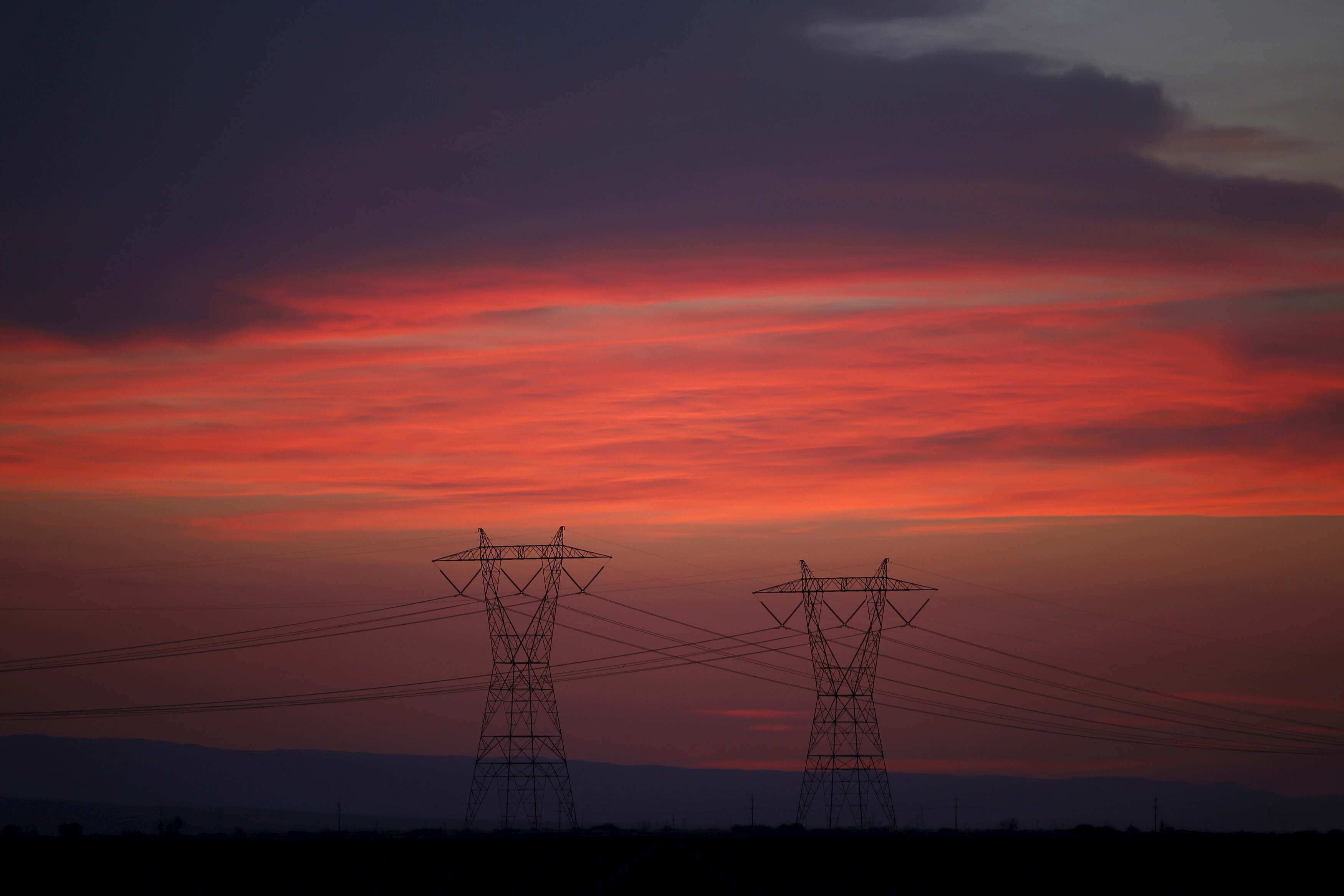Why we must roll out multiple energy transition solutions to reach net zero

We can't rely on a single energy source for the energy transition. Image: Filipe Sizilio/Unsplash
- A complete overhaul of the energy system is needed over the next two decades if we are to effectively combat climate change.
- While renewables will obviously be part of this equation, they can't be our only solution.
- An integrated vision of the energy system, where electricity and gas seamlessly complement each other, is key to meeting the energy challenge.
A complete overhaul of the energy system is needed over the next two decades if we are to effectively combat climate change. Under the Paris Agreement, clear commitments were made to quickly and sustainably reduce greenhouse gas emissions. We are already witnessing some encouraging first signs of progress, demonstrated by the World Energy Outlook 2024 report, published by the International Energy Agency (IEA). This shows that renewables have been entering the energy system at an unprecedented rate, with more than 560 gigawatts (GW) of new renewable capacity added in 2023.
Further evidence of a paradigm shift can be seen in the fact that investments in clean energy projects are approaching $2 trillion a year, almost double the amount spent on new oil, gas and coal supplies. So, yes, things are moving, but deployment is very uneven from one country or region to the next. Europe set out its climate policy in the European Green Deal, an ambitious plan that aims to ensure it is the first continent to achieve climate neutrality by 2050.
An integrated vision: electrons and molecules in synergy
At the heart of this transformation is the energy system, which faces the following trilemma: achieving net zero, while ensuring the availability of energy at all times and doing so at minimal cost to society. While renewables will obviously be part of this equation, they can't be our only solution. I believe that an integrated vision of the energy system is the key to meeting the challenge posed by this trilemma – in other words, an approach where electrons (electricity) and molecules (gases) seamlessly complement each other.
For all their great promise and critical importance, renewables are intermittent sources of energy. When the sun doesn't shine and the wind doesn't blow, green or low-carbon molecules can take over. Conversely, when the level of renewables is surplus to requirements, the excess energy can be recovered and stored, for example, in the form of hydrogen produced by electrolysis.
There is also a major economic challenge with renewable energy. Across Europe, electricity accounts for only around 20% of final energy consumption, but electrification requires large-scale investments. Storing gases or transporting them over long distances is still more cost-effective in many cases than transmitting or storing electricity. A hybrid approach, harnessing electricity and gases, may prove a winning strategy.
Lastly, electrification doesn't always offer a technically and economically viable solution in terms of decarbonizing heavy industry and certain industrial sectors, especially energy-intensive industries. The chemical industry needs green and low-carbon gases as raw materials for its processes. Gases are a necessary input in the production of fertilizers, for example, which are crucial for food production and agriculture, and plastics, which are used in manufacturing. Moreover, many industrial processes – including those used in the glass, ceramic, cement and steel industries – require very high temperatures. Finally, carbon capture, utilization and storage (CCUS) provides a solution for industrial processes that release large volumes of CO₂ as a by-product, such as cement manufacturing.
Leveraging models for smarter decision-making
So, how can we develop an energy system in which all the pieces fit together to meet our future needs? Failing a crystal ball, energy system simulation and optimization models are invaluable tools that can test out various scenarios, adjust parameters and assess the contribution made by different technologies, shedding light on the implications of the choices we make.
The requirements making up the energy trilemma were tested using a simulation model initially developed for Belgium in cooperation with the University of Liège (ULiège) and then expanded to cover all the countries bordering the North Sea. The results, based on existing demand scenarios (ENTSOG – ENTSO-E) and on currently available technologies (such as biomethane, green and low-carbon hydrogen, renewables and/or carbon capture and storage, i.e. CCS), make it clear that all the solutions on offer need to be brought together and that optimizing the interaction between electricity and gases benefits society as a whole.
The analysis also highlights some key lessons to be learned:
- Green hydrogen produced by electrolysis can be used to boost offshore wind production.
- Biomethane, biogas and biomass are powerful allies in achieving carbon neutrality or net-zero and can help to cut residual emissions.
- The remainder will be taken care of by carbon capture and storage from biomass power plants, industry and low-carbon hydrogen production.
- Interconnections between countries are crucial, as they enable energy to be transferred from a country that has a surplus to another country that has a shortfall. The transport costs vary depending on the energy carrier, however. It costs more to transport electricity than hydrogen, which in turn costs more than methane, which is why it is so important to have an optimal mix of interconnections.
- Storage plays a key role: solar power storage in batteries to ensure a balanced energy system throughout the day; hydrogen storage to smooth out wind production over one or more weeks; and methane storage to maintain balance in the system on a seasonal basis.
These simulation tools provide us with valuable guidance, but they are no substitute for political will and decisive action. It is up to us – business leaders, decision-makers and energy stakeholders alike – to take responsibility, join forces and embrace a pragmatic, flexible and, above all, integrated approach, one that can adapt to changing needs without tying our hands when it comes to the choices we make. The energy transition poses an immense challenge, but it also presents a historic opportunity to build a more sustainable and resilient future.
Full details of the North Sea Integration Model research findings can be found here: https://www.fluxys.com/en/about-us/fluxys-belgium/position-papers
Don't miss any update on this topic
Create a free account and access your personalized content collection with our latest publications and analyses.
License and Republishing
World Economic Forum articles may be republished in accordance with the Creative Commons Attribution-NonCommercial-NoDerivatives 4.0 International Public License, and in accordance with our Terms of Use.
The views expressed in this article are those of the author alone and not the World Economic Forum.
Stay up to date:
Energy Transition
Forum Stories newsletter
Bringing you weekly curated insights and analysis on the global issues that matter.








